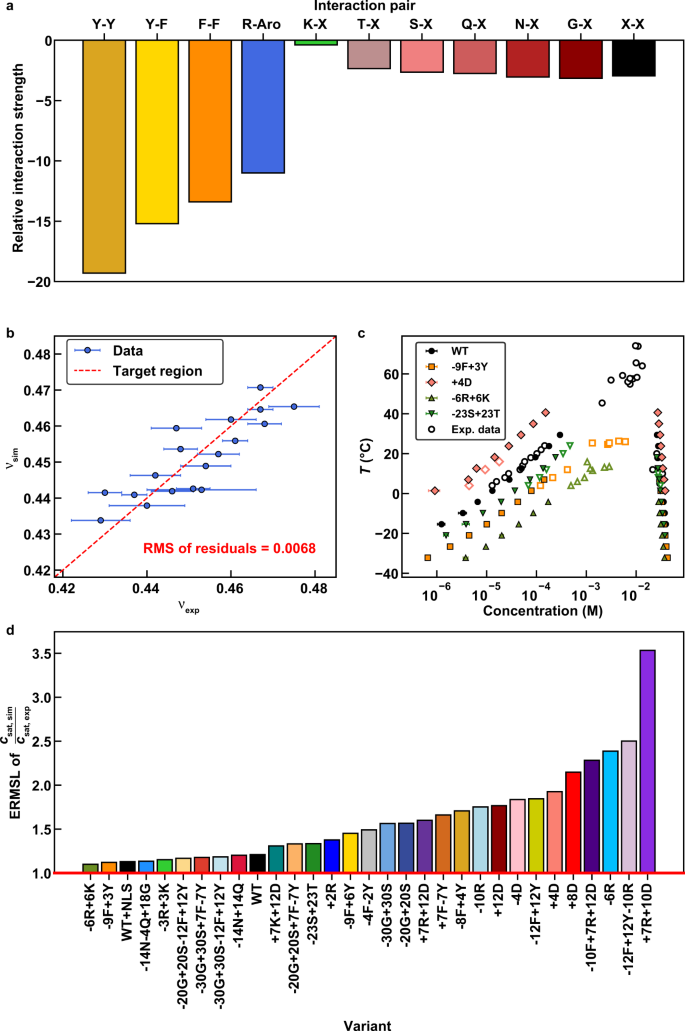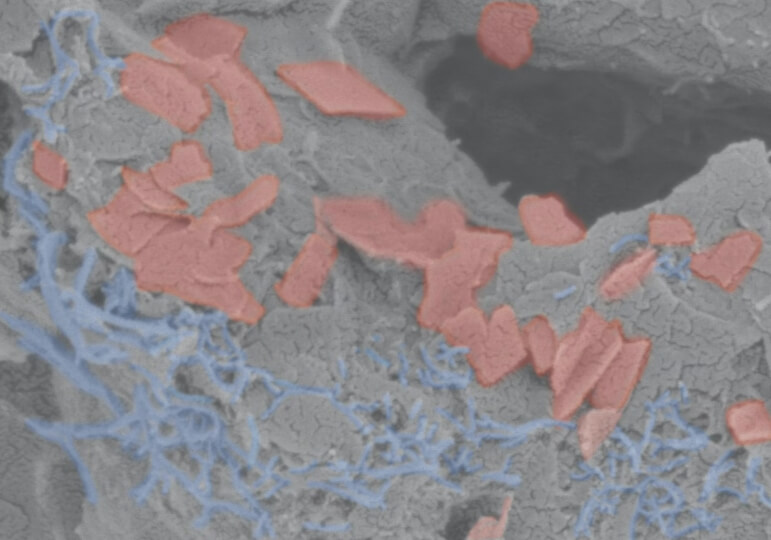Rohit Pappu 氏と共同研究者の研究により、コンデンセートの性質が明らかに Research from labs of Rohit Pappu, collaborators sheds light on condensate characteristics
2023-01-06 ワシントン大学セントルイス
凝縮体は、その界面を通じて互いに会話している。このたび、モデル凝縮体の界面が持つユニークな特徴を明らかにしました。この発見は、筋萎縮性側索硬化症(ALS)などの神経変性疾患に関連する線維構造の形成に界面が関与していることから、重要な意味をもっている。
ワシントン大学マッケルビー工学部のジーン・K・ベア特別教授で生体分子凝縮センター長のロヒット・パプ(Rohit Pappu)率いる研究チームは、最近、この境界の特徴を定義することに焦点を合わせた。この研究は、パップー研究室の博士課程学生で論文の筆頭著者であるミナ・ファラグが推進し、聖ジュード小児研究病院のタニヤ・ミッタグと彼女の研究室との共同作業で生み出されたものです。この結果は、12月13日付の『Nature Communications』に掲載された。
パップーによると、驚くべき発見は、界面が厚く、分子レベルで特定の形状やサイズの嗜好性によって規定されていることであった。また、凝縮体内部の分子組織は、民間空港のハブアンドスポークネットワーク構造に似ているとのことである。
<関連情報>
- https://source.wustl.edu/2023/01/interfaces-play-important-role-in-condensate-behavior/
- https://engineering.wustl.edu/news/2022/Interfaces-play-important-role-in-condensate-behavior.html
- https://www.nature.com/articles/s41467-022-35370-7
プリオン様低複雑性ドメインが形成する凝縮体は、スモールワールドネットワーク構造と拡張コンフォメーションで定義された界面を持つ Condensates formed by prion-like low-complexity domains have small-world network structures and interfaces defined by expanded conformations
Mina Farag,Samuel R. Cohen,Wade M. Borcherds,Anne Bremer,Tanja Mittag & Rohit V. Pappu
Nature Communications Published:13 December 2022
DOI:https://doi.org/10.1038/s41467-022-35370-7

Abstract
Biomolecular condensates form via coupled associative and segregative phase transitions of multivalent associative macromolecules. Phase separation coupled to percolation is one example of such transitions. Here, we characterize molecular and mesoscale structural descriptions of condensates formed by intrinsically disordered prion-like low complexity domains (PLCDs). These systems conform to sticker-and-spacers architectures. Stickers are cohesive motifs that drive associative interactions through reversible crosslinking and spacers affect the cooperativity of crosslinking and overall macromolecular solubility. Our computations reproduce experimentally measured sequence-specific phase behaviors of PLCDs. Within simulated condensates, networks of reversible inter-sticker crosslinks organize PLCDs into small-world topologies. The overall dimensions of PLCDs vary with spatial location, being most expanded at and preferring to be oriented perpendicular to the interface. Our results demonstrate that even simple condensates with one type of macromolecule feature inhomogeneous spatial organizations of molecules and interfacial features that likely prime them for biochemical activity.

